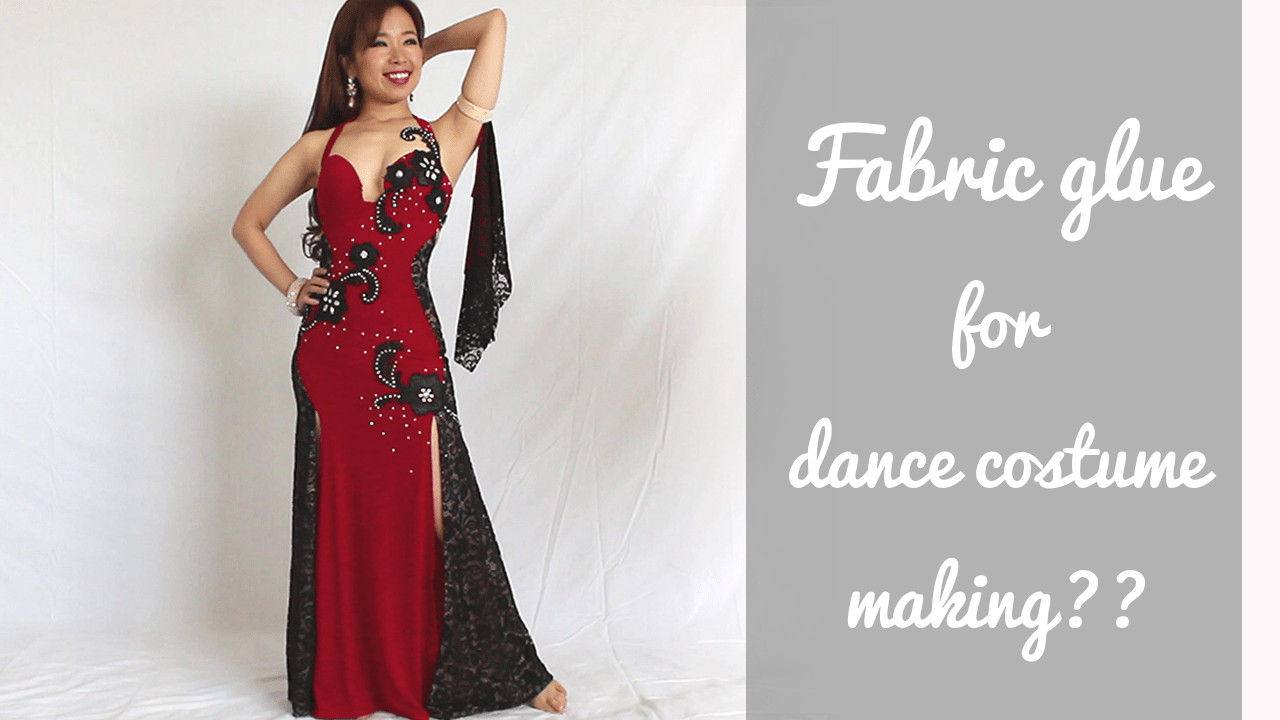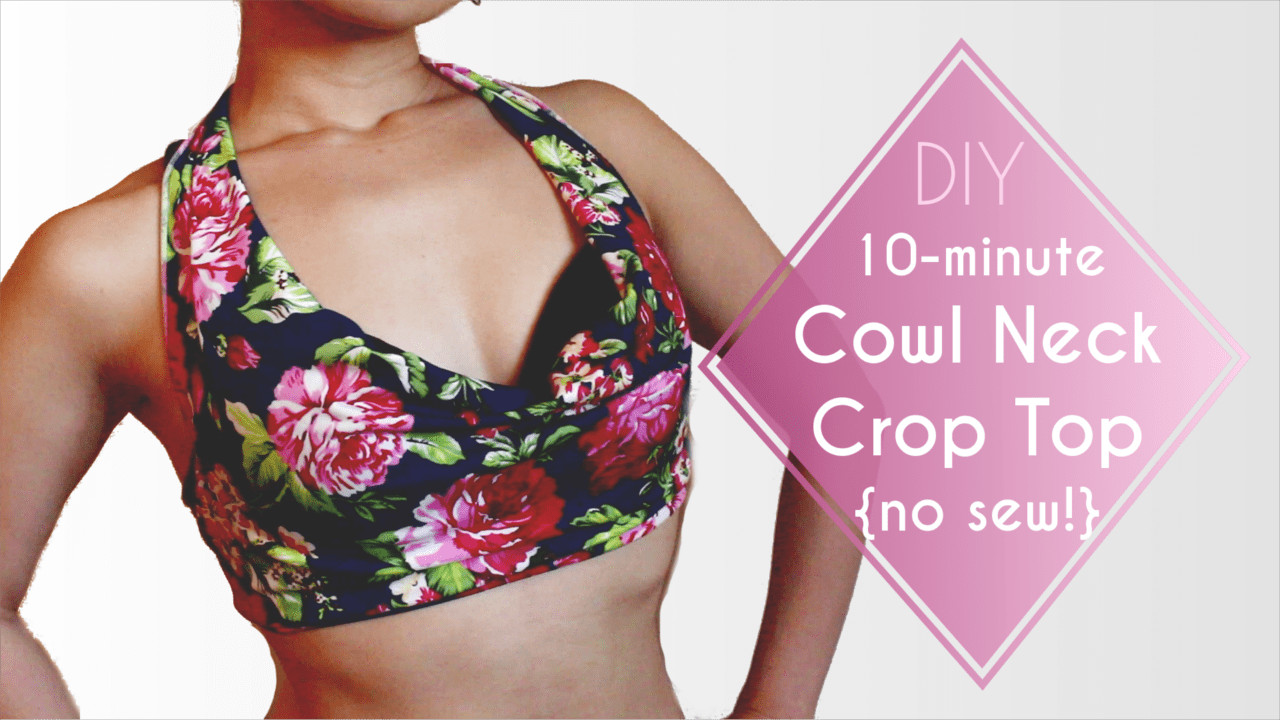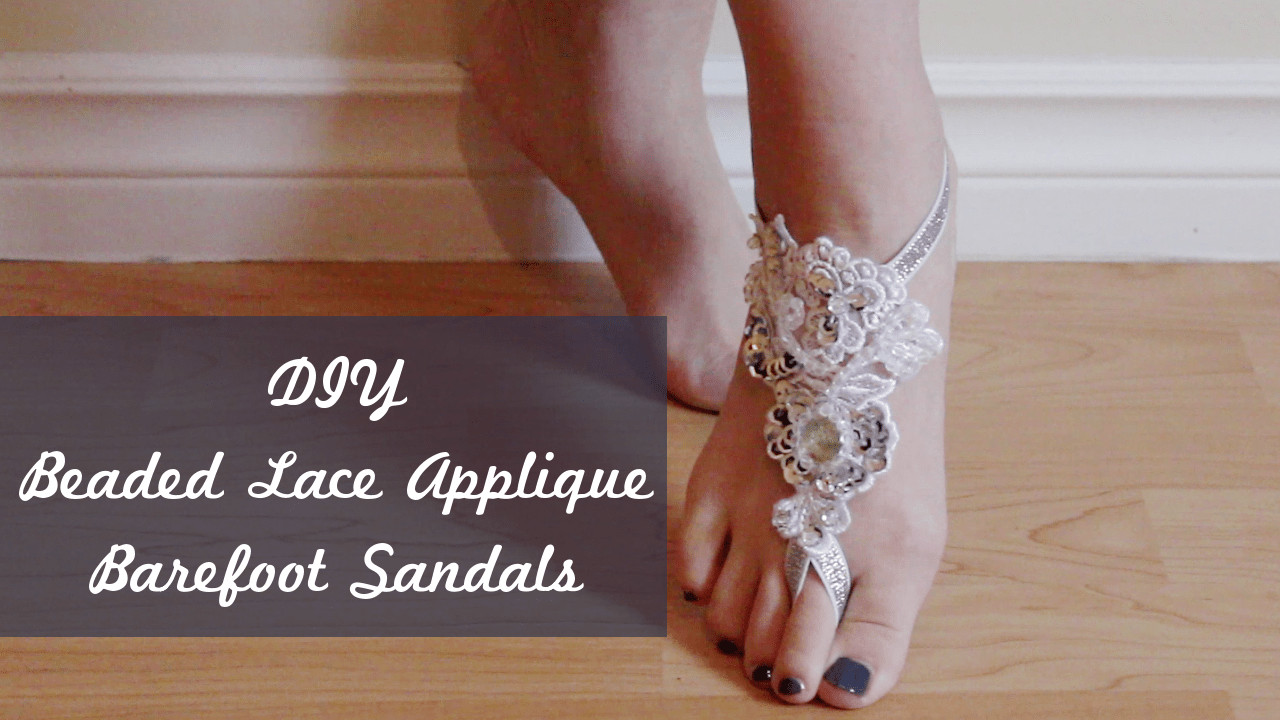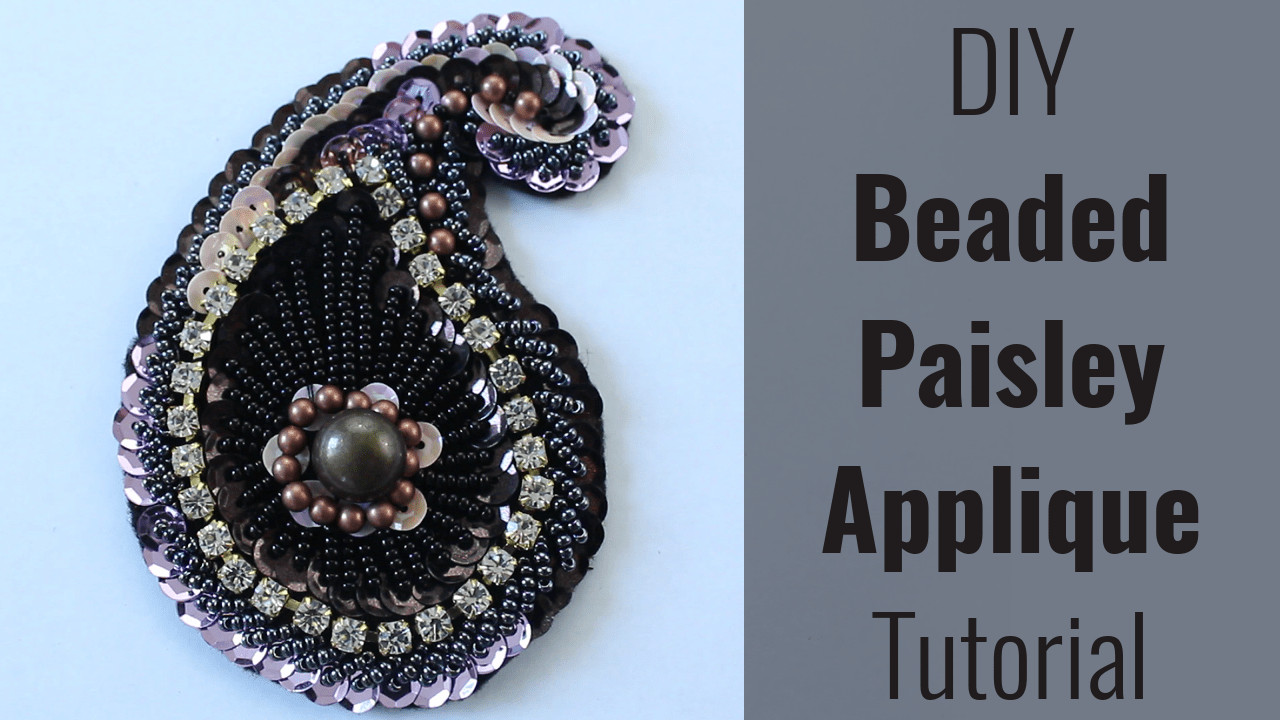Making dance costumes at home is totally achievable and can be super rewarding. At ten-dance.com, we believe that everyone can create stunning dancewear with the right guidance. Dive in to discover essential tools, beginner-friendly projects, and expert tips to craft dazzling dance costumes right in your living room, exploring options from DIY dance apparel to custom dance outfits.
1. Understanding the Basics of Dance Costume Creation
The initial step into creating dance costumes is understanding the basic principles. This involves knowing what materials work best, which tools are essential, and how to put it all together, aligning with the dancer’s needs and the dance style.
What are the Essential Elements of a Dance Costume?
A dance costume is more than just an outfit; it’s a crucial element that enhances a performance. Essential elements include:
- Flexibility and Comfort: Costumes must allow for a full range of motion, ensuring dancers can perform without restriction. Fabrics like spandex, lycra, and stretch mesh are ideal because they move with the body. According to dance costume designer, Anya Katsevman, “The best dance costumes enhance movement, not hinder it.”
- Durability: Dance costumes undergo rigorous movement and should withstand the demands of rehearsals and performances. Reinforced seams and high-quality materials are essential for longevity.
- Visual Appeal: The costume should complement the dance style and music, enhancing the overall visual impact. This involves careful consideration of color, embellishments, and design elements.
- Secure Fit: A well-fitted costume is crucial for both comfort and safety. It should stay in place during dynamic movements without causing distractions or discomfort. Adjustable straps, secure closures, and proper sizing are key.
- Breathability: Intense physical activity requires breathable fabrics that wick away moisture to keep dancers cool and comfortable. Materials like moisture-wicking knits and mesh panels can significantly improve comfort during performances.
What Materials are Best for DIY Dance Costumes?
Selecting the right materials is essential for creating dance costumes that are both functional and visually appealing. Here’s a breakdown of some of the best options:
| Material | Properties | Best For |
|---|---|---|
| Spandex | High stretch, comfortable, and available in various colors and finishes. | Leotards, leggings, and form-fitting pieces. |
| Lycra | Similar to spandex but often more durable and resistant to wear and tear. | Performance wear that requires longevity and a sleek appearance. |
| Stretch Mesh | Lightweight and breathable, ideal for layering and creating sheer effects. | Sleeves, overlays, and costume details that require ventilation and a delicate look. |
| Sequined Fabric | Adds sparkle and visual interest, perfect for capturing light on stage. | Accents, bodices, and decorative elements that enhance the costume’s overall impact. |
| Velvet | Luxurious and adds depth to costumes, suitable for elegant and dramatic performances. | Capes, skirts, and accents for classical or theatrical dance styles. |
| Chiffon | Lightweight and flowy, perfect for creating soft, ethereal looks. | Skirts, scarves, and flowing elements in lyrical or contemporary dance costumes. |
| Satin | Smooth and shiny, adds a touch of elegance and sophistication. | Accents, linings, and decorative trims for a polished finish. |
| Power Mesh | Offers support and structure without sacrificing flexibility, ideal for creating supportive underlayers. | Bodices, bra tops, and supportive linings that require both comfort and stability. |
| Jersey Knit | Soft and comfortable with good drape, suitable for casual or practice wear. | Warm-up clothes, practice skirts, and comfortable costume pieces for rehearsals. |
| Cotton Blends | Breathable and easy to work with, ideal for basic costume elements. | Linings, basic skirts, and simple costume pieces for beginners. |
| Performance Lace | Decorative and adds texture, perfect for adding intricate details to costumes. | Overlays, appliques, and decorative trims for a unique and elegant look. |
| Decorative Trims | Sequins, beads, and rhinestones can add sparkle and personality to costumes. | Embellishments, accents, and custom details that enhance the costume’s overall aesthetic. |
| Elastic | Provides stretch and support, essential for waistbands, straps, and secure closures. | Waistbands, straps, and secure closures for a comfortable and reliable fit. |
When selecting materials, consider the dance style, performance environment, and dancer’s needs. Prioritize comfort, durability, and visual appeal to create a costume that enhances the performance.
What Basic Tools Do I Need?
Having the right tools can make the costume-making process smoother and more enjoyable. Here’s a list of essential tools for beginners:
- Sewing Machine: A basic sewing machine can handle most costume-making tasks. Look for one with adjustable stitch settings and a variety of presser feet.
- Hand Sewing Needles: Essential for hand-stitching details, embellishments, and finishing touches. Keep a variety of sizes on hand.
- Scissors: Fabric scissors should be sharp and used exclusively for cutting fabric to ensure clean cuts.
- Measuring Tape: Accurate measurements are crucial for a well-fitted costume. A flexible measuring tape is ideal.
- Ruler and Yardstick: Useful for drawing straight lines and measuring larger pieces of fabric.
- Seam Ripper: For correcting mistakes without damaging the fabric. A must-have for every beginner.
- Pins: Straight pins are used to hold fabric pieces together before sewing. Ball-head pins are easier to handle and see.
- Tailor’s Chalk or Fabric Marker: For marking pattern pieces and alterations on fabric.
- Iron and Ironing Board: Essential for pressing seams and fabric to create a professional finish.
- Thread: Choose high-quality thread that matches your fabric. Polyester thread is a good all-purpose option.
- Cutting Mat: Protects your work surface when cutting fabric with a rotary cutter.
- Rotary Cutter: Useful for cutting fabric quickly and accurately, especially for straight lines and curves.
- Pencils and Paper: Sketching designs and drafting patterns.
With these tools, you’ll be well-equipped to tackle a wide range of dance costume projects. Remember, having the right tools not only simplifies the process but also improves the quality of your finished costumes.
 Essential Tools for Dance Costume Making
Essential Tools for Dance Costume Making
2. Hand Sewing Versus Machine Sewing: What’s Best for You?
The choice between hand sewing and machine sewing often depends on the complexity of the project, the type of fabric, and your personal preferences. Each method has its unique advantages and disadvantages.
What are the Pros and Cons of Hand Sewing?
Hand sewing is a fundamental skill that offers precision and control, making it ideal for delicate tasks and intricate details.
- Pros:
- Precision: Hand sewing allows for precise control over stitch placement, making it ideal for intricate details and delicate fabrics.
- Portability: Hand sewing can be done anywhere, making it convenient for travel or working in small spaces.
- No Machine Required: Hand sewing requires minimal equipment, making it an accessible option for beginners and those without a sewing machine.
- Delicate Fabrics: Hand sewing is gentler on delicate fabrics like lace and silk, reducing the risk of damage.
- Cons:
- Time-Consuming: Hand sewing can be significantly slower than machine sewing, especially for large projects.
- Physical Strain: Hand sewing can cause strain on the hands and wrists, especially with repetitive motions.
- Durability: Hand-sewn seams may not be as strong as machine-sewn seams, especially under stress.
When is Machine Sewing Recommended?
Machine sewing is recommended for larger projects, durable seams, and faster completion times.
- Speed: Machine sewing is significantly faster than hand sewing, making it ideal for large projects and tight deadlines.
- Strength: Machine-sewn seams are typically stronger and more durable than hand-sewn seams, making them suitable for costumes that undergo rigorous movement.
- Efficiency: Sewing machines offer a variety of stitches and features that can streamline the costume-making process.
- Uniformity: Machine sewing produces consistent, uniform stitches, resulting in a professional finish.
- Projects: Ideal for skirts, leotards, and pants.
- Fabrics: Suited for sturdy materials, like denim or thicker cotton.
According to a study by the National Costumers Association, costumes that are primarily machine-sewn tend to last longer and withstand more wear and tear than those that are entirely hand-sewn.
Can I Use Fabric Glue for Dance Costumes?
While fabric glue can be a convenient option for quick fixes and small embellishments, it’s generally not recommended as a primary method for constructing dance costumes.
- Pros:
- No Sewing Required: Fabric glue is a no-sew option that can be useful for beginners or those who want to avoid sewing.
- Quick Fixes: Fabric glue is ideal for quick repairs, attaching embellishments, and securing small details.
- Cons:
- Limited Durability: Fabric glue is not as strong as stitching, and seams may come apart with movement and wear.
- Inflexibility: Fabric glue can make the fabric stiff and inflexible, which is not ideal for dance costumes that require a full range of motion.
- Washing Issues: Fabric glue may not hold up well to washing, causing the costume to fall apart over time.
- Melting: Hot glue can melt, which poses an issue for dance costumes.
Instead of relying on fabric glue, consider using hand stitching or machine sewing for a more durable and professional finish. Fabric glue can be useful for small details, but it should not replace traditional sewing methods for constructing the main parts of a dance costume.
3. Beginner Projects to Start With
Starting with simple projects can build your confidence and skills. These projects require minimal sewing and are perfect for beginners.
No-Sew Overskirt
An overskirt is a versatile piece that can be added to any leotard or dance outfit. This project requires no sewing and can be completed in minutes.
Materials:
- Stretch fabric (e.g., jersey knit, spandex)
- Scissors
- Measuring tape
- Elastic band
Instructions:
- Measure: Measure your waist and decide on the desired length of the overskirt.
- Cut Fabric: Cut a piece of fabric that is twice your waist measurement in width and the desired length plus a few inches for hemming.
- Fold and Gather: Fold the fabric in half lengthwise. Gather the top edge to match your waist measurement.
- Attach Elastic: Cut an elastic band to match your waist measurement. Attach the elastic band to the gathered edge using fabric glue or safety pins.
- Secure: Secure the elastic band by folding the fabric over and gluing or pinning it in place.
- Hem: Hem the bottom edge of the overskirt for a finished look.
This no-sew overskirt is a great way to add flair to any dance outfit without the need for sewing skills.
10-Minute Crop Top
A crop top is a staple in dancewear and can be easily made without sewing.
Materials:
- Stretch fabric (e.g., lycra, spandex)
- Scissors
- Measuring tape
Instructions:
- Measure: Measure your bust and decide on the desired length of the crop top.
- Cut Fabric: Cut a piece of fabric that is twice your bust measurement in width and the desired length plus a few inches for hemming.
- Fold and Cut: Fold the fabric in half lengthwise. Cut a U-shape neckline.
- Try On: Try on the crop top and adjust the fit as needed.
- Hem: Hem the bottom edge and neckline for a finished look.
This 10-minute crop top is a quick and easy project that requires no sewing and can be customized to fit your style.
 Cowl Neck Top DIY
Cowl Neck Top DIY
Armbands and Foot Accessories
Armbands and foot accessories are fun and easy projects that can add a unique touch to your dance costumes.
Materials:
- Elastic band
- Beads, sequins, rhinestones
- Fabric glue
- Scissors
Instructions:
- Measure: Measure your arm or foot to determine the length of the elastic band.
- Cut Elastic: Cut the elastic band to the desired length.
- Decorate: Decorate the elastic band with beads, sequins, and rhinestones using fabric glue.
- Let Dry: Let the glue dry completely before wearing.
These armbands and foot accessories are a great way to add sparkle and personality to your dance costumes without the need for sewing.
 DIY Barefoot Sandals with Beaded Lace Applique
DIY Barefoot Sandals with Beaded Lace Applique
4. Techniques to Decorate Costumes
Decorating dance costumes can transform a simple outfit into a show-stopping piece. Here are some techniques to add sparkle and personality to your costumes.
Ruching and Pleating
Ruching and pleating add texture and visual interest to costumes.
Materials:
- Fabric
- Needle and thread
- Scissors
- Iron
Instructions:
- Ruching: Sew a straight line down the center of the fabric. Pull the thread to gather the fabric and create a ruched effect.
- Pleating: Fold the fabric into pleats and iron them in place. Sew along the top edge to secure the pleats.
Ruching and pleating can be used to add dimension to skirts, bodices, and sleeves.
Beading and Rhinestones
Adding beads and rhinestones can create a dazzling effect on costumes.
Materials:
- Beads, sequins, rhinestones
- Fabric glue or needle and thread
Instructions:
- Arrange: Arrange the beads and rhinestones in your desired pattern.
- Attach: Attach the beads and rhinestones using fabric glue or by sewing them in place.
Beading and rhinestones can be used to add sparkle to any part of the costume, from the bodice to the skirt.
 DIY beaded paisley applique for belly dance costumes
DIY beaded paisley applique for belly dance costumes
Appliques
Appliques are decorative patches that can be added to costumes to create a unique look.
Materials:
- Appliques
- Fabric glue or needle and thread
- Scissors
Instructions:
- Arrange: Arrange the appliques on the costume in your desired pattern.
- Attach: Attach the appliques using fabric glue or by sewing them in place.
Appliques can be used to add a personal touch to your dance costumes.
How To Pick the Right Fabric?
Choosing the right fabric is crucial for creating dance costumes that look great and perform well.
- Stretch: Ensure the fabric stretches and allows a full range of motion.
- Comfort: The fabric should be comfortable against the skin, especially for costumes worn for long periods.
- Durability: Choose a fabric that can withstand the rigors of dance and frequent washing.
- Visual Appeal: Select a fabric that complements the dance style and enhances the overall look of the costume.
- Cost: Balance quality with affordability to stay within your budget.
5. Accessorizing Your Dance Costume
Accessories are the final touch that can elevate a dance costume from simple to stunning.
Headpieces
Headpieces add elegance and visual interest to costumes.
- Tiaras: Ideal for ballet and classical dance styles.
- Flower Crowns: Perfect for lyrical and contemporary dance styles.
- Beaded Headbands: Suitable for jazz and ethnic dance styles.
Jewelry
Jewelry can add sparkle and personality to costumes.
- Necklaces: Choose necklaces that complement the neckline of the costume.
- Earrings: Opt for lightweight earrings that won’t interfere with movement.
- Bracelets: Add bracelets that match the overall style of the costume.
Shoes
The right shoes are essential for both performance and safety.
- Ballet Slippers: Required for ballet.
- Jazz Shoes: Used for jazz and contemporary dance.
- Tap Shoes: Necessary for tap dance.
- Character Shoes: Worn for musical theatre and character dance.
6. Essential Stitches and Techniques
Mastering a few basic stitches and techniques can significantly improve the quality of your dance costumes.
Running Stitch
The running stitch is a basic stitch used for gathering, hemming, and creating decorative effects.
How to:
- Thread the needle and knot the end of the thread.
- Bring the needle up through the fabric and then down, creating a series of evenly spaced stitches.
- Continue stitching along the fabric, keeping the stitches consistent in length and spacing.
Backstitch
The backstitch is a strong and durable stitch used for creating seams and outlines.
How to:
- Thread the needle and knot the end of the thread.
- Bring the needle up through the fabric and make a stitch.
- Bring the needle back down through the fabric, creating a stitch that overlaps the previous one.
- Continue stitching, creating a solid line of stitches.
Blind Hem Stitch
The blind hem stitch is used to create an invisible hem on the edge of the fabric.
How to:
- Fold the hem to the wrong side of the fabric and press it in place.
- Bring the needle up through the fold and then down into the main fabric, picking up just a few threads.
- Continue stitching, creating small, hidden stitches that secure the hem in place.
Gathering Stitch
The gathering stitch is used to create fullness in a fabric.
How to:
- Sew two parallel lines of running stitches along the edge of the fabric.
- Pull the threads to gather the fabric to the desired fullness.
- Secure the gathers by knotting the threads.
7. Where to Find Inspiration?
Finding inspiration is a crucial part of the costume-making process.
Dance Performances and Competitions
Attending dance performances and competitions can provide inspiration for costume designs.
Online Resources and Social Media
Websites and social media platforms like Pinterest, Instagram, and ten-dance.com can be great sources of inspiration.
Costume Design Books and Magazines
Costume design books and magazines can provide detailed information and inspiration for costume designs.
8. How to Care for Your Dance Costumes?
Proper care is essential for maintaining the quality and longevity of your dance costumes.
Washing Instructions
Follow the washing instructions on the fabric label. Hand wash delicate costumes and use a gentle cycle for machine-washable costumes.
Storage Tips
Store costumes in a cool, dry place away from direct sunlight. Use garment bags to protect costumes from dust and damage.
Repairing Damaged Costumes
Repair any damages to the costumes as soon as possible to prevent further wear and tear.
9. Safety Tips
Safety should always be a priority when making and wearing dance costumes.
Fabric Choices
Choose non-toxic and flame-retardant fabrics.
Proper Fit
Ensure the costume fits properly and allows for a full range of motion.
Embellishments
Secure all embellishments to prevent them from falling off and causing injury.
10. Joining the Dance Community
Connecting with other dancers and costume makers can provide support, inspiration, and opportunities for collaboration.
Online Forums and Groups
Join online forums and groups to connect with other dancers and costume makers.
Local Dance Studios and Organizations
Attend local dance studios and organizations to network with other dancers and costume makers.
Workshops and Classes
Attend workshops and classes to learn new skills and techniques.
FAQ: Making Dance Costumes at Home
1. What is the best fabric for dance costumes?
The best fabrics for dance costumes include spandex, lycra, stretch mesh, and jersey knit due to their flexibility, comfort, and durability.
2. Can I make a dance costume without sewing?
Yes, you can make dance costumes without sewing by using fabric glue or creating no-sew designs like overskirts and crop tops.
3. What tools do I need to start making dance costumes?
Essential tools include a sewing machine (optional), hand sewing needles, scissors, measuring tape, ruler, seam ripper, pins, tailor’s chalk, and an iron.
4. How do I add sparkle to a dance costume?
You can add sparkle to a dance costume by using sequined fabric, beads, rhinestones, and appliques.
5. How do I care for my dance costumes?
Follow the washing instructions on the fabric label, store costumes in a cool, dry place, and repair any damages as soon as possible.
6. Where can I find inspiration for dance costume designs?
You can find inspiration from dance performances, online resources like Pinterest and Instagram, and costume design books and magazines.
7. Is it better to hand sew or machine sew dance costumes?
Machine sewing is faster and produces more durable seams, but hand sewing allows for more precision and is suitable for delicate fabrics and intricate details.
8. How can I ensure my dance costume fits properly?
Take accurate measurements and create a mock-up of the costume to ensure a proper fit before cutting and sewing the final fabric.
9. What are some beginner-friendly dance costume projects?
Beginner-friendly projects include no-sew overskirts, 10-minute crop tops, armbands, and foot accessories.
10. How important is safety when making dance costumes?
Safety is crucial. Choose non-toxic fabrics, ensure the costume fits properly, and securely attach all embellishments to prevent injury.
Ready to take your dance costume creations to the next level? Visit ten-dance.com for an array of tutorials, supplies, and a vibrant community of dancers and costume makers. Whether you’re looking for step-by-step guides, the latest trends in dance fashion, or a place to share your own creations, ten-dance.com has everything you need to spark your imagination and elevate your dance wardrobe. Join us today and let’s create something amazing together!
